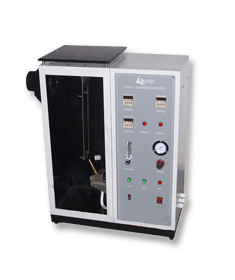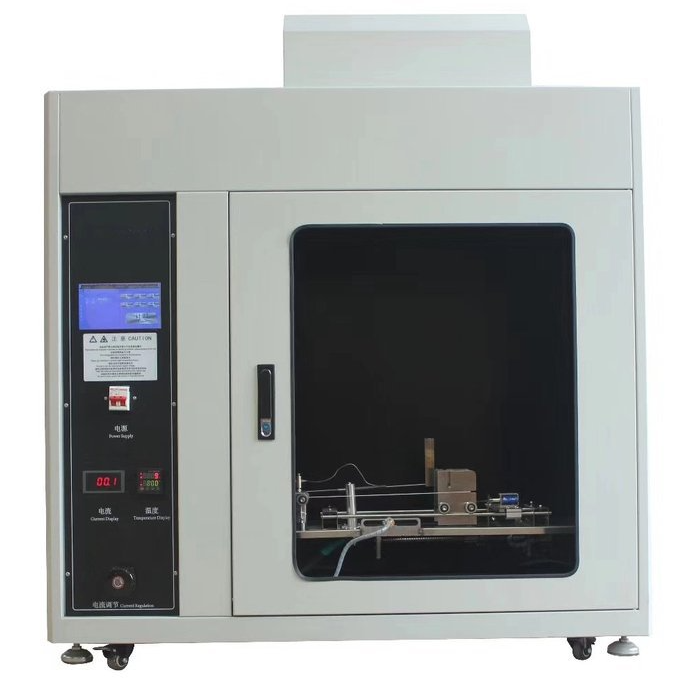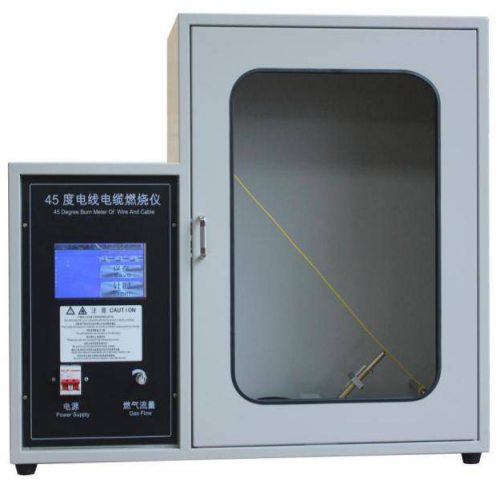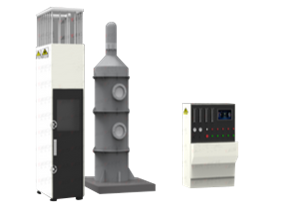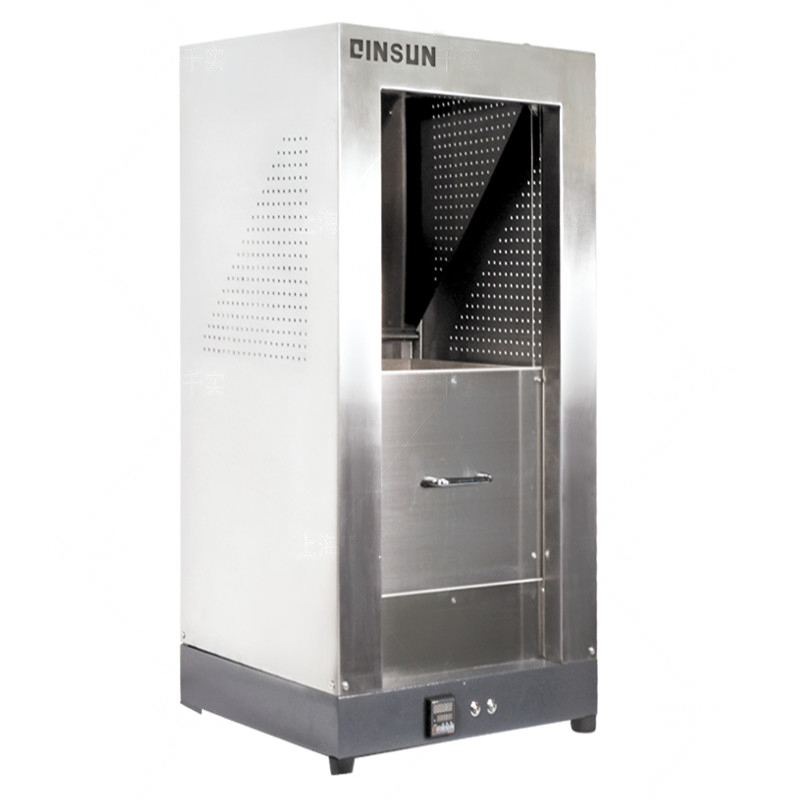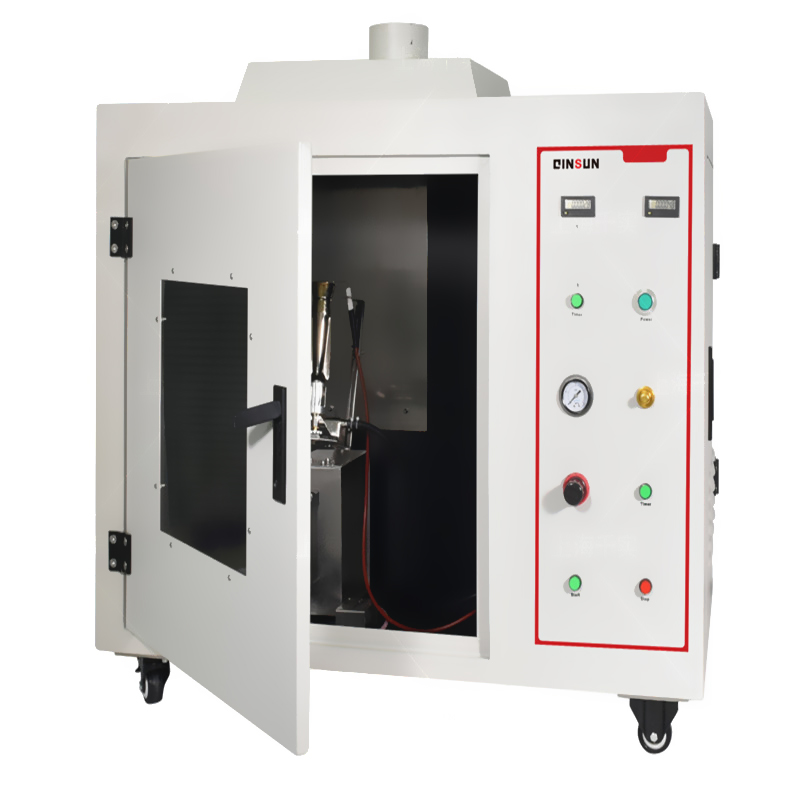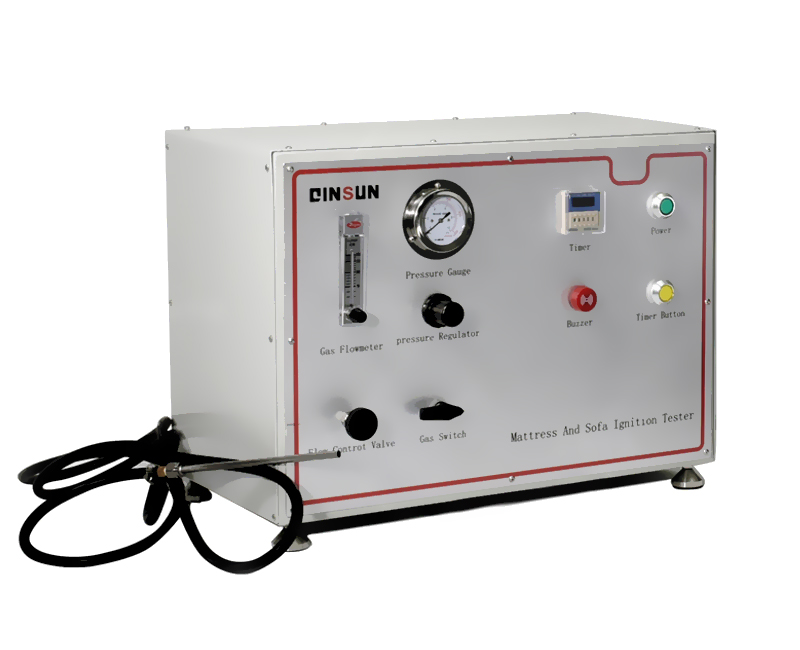Catheter Residual Vacuum Tester
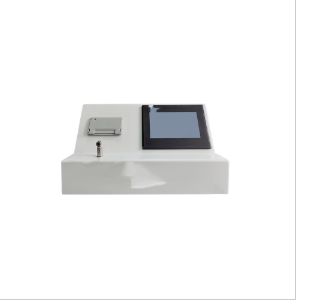
Main Uses of the Catheter Residual Vacuum Tester
The catheter residual vacuum tester is mainly used to determine the physical properties of residual vacuum and leakage in suction catheters for the respiratory tract and other similar medical devices. It is one of the important means to evaluate the performance of medical devices such as suction catheters for the respiratory tract, ensuring the safety and effectiveness of these devices during use. By testing the residual vacuum of catheters, the effectiveness of the vacuum control device at the machine end in releasing vacuum can be verified, thus ensuring that respiratory catheters can meet specific performance requirements during use. In addition, this tester can also be used for detecting vacuum leakage in catheter systems of medical devices such as hemodialysis machines, intravenous infusion devices, and ventilators, to promptly identify and resolve leakage issues and avoid medical accidents caused by leakage.
Compliance Standards
YY/T 0339 - 2019 *Suction Catheters for the Respiratory Tract*, etc.
Technical Parameters
- **Flowmeter**:
- **Measurement Range**: Usually, it can measure 30L/min or more. - **Accuracy**: ±5% or higher. - **Airflow Resistance at a Specific Flow Rate (e.g., 30L/min)**: It should be less than 0.1kPa. - **Manometer**: - **Measurement Range**: Usually covers ±1kPa or a larger range. - **Accuracy**: Usually within ±0.01kPa (0.1cmH2O). - **Vacuum Pump**: It is used to create a vacuum environment inside the catheter, and its performance should be stable and reliable. - **Control Device**: It is used to control the operation of the tester and the setting of test parameters, and should have an intuitive and easy - to - use operation interface.

Leave Message Get Price



